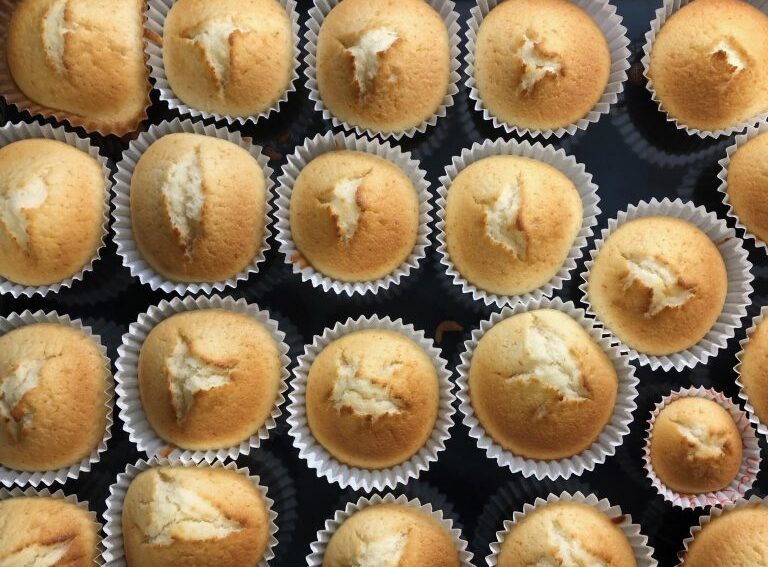It is pretty likely that one day traveling in a car, you have seen endless corn fields by the side of the road. Corn as far as the eye can see. But after the first moments of astonishment at seeing so much of the same, the fields end up looking all similar and they are not that fascinating anymore. As a result, the next corn fields become invisible to you.
This feeling of ‘more of the same’ is also experienced by customers when they want to acquire a commodity: when there is much of the same, it gets less interesting and it doesn’t seem relevant to them. When it comes to selling commodities (such as raw materials or simple products) the prices are usually low, as they depend on the relation between supply and demand.
In order to avoid a price decrease, the product needs to be differentiated from those of the competitors. The traditional way of differentiating from the competitors has been highlighting the product’s competitive advantages. However, even when provided with sound arguments about the product’s unique positive features, clients often decide to buy the one from the competitors. This is because most of the time people don’t make decisions consciously but non-consciously.
If we want customers to prefer our product – and pay a bit more for it – the commodity should be turned into a brand. Of course, this doesn’t mean just putting a label with a logo on it! Now, based on neuroscience, we know how brands are created in people’s brains and, consequently, which is the best way to create a relevant and differentiated brand.
In his article ‘Brain-pleasing Branding’ Lluis, m+f=! co-founder, explains based on neuroscience the process by which a product or a service becomes a strong mental representation in people’s brains. But not only that: he also explains how to achieve the ongoing customers’ preference for a product. This means that the customers keep choosing the product again and again, even when it is not on special offer.
You can access the complete article on Lluis’ LinkedIn profile, by clicking here.




